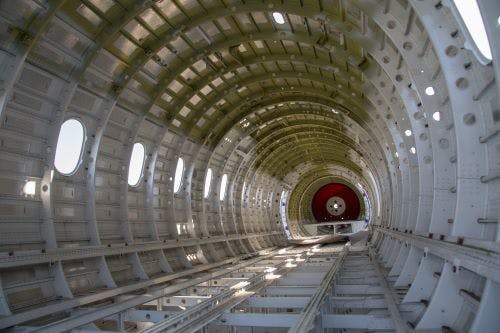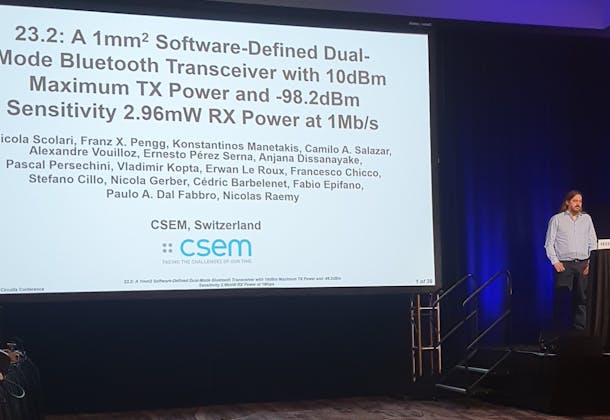
The AMPWISE consortium responded by developing a low-cost, wireless, energy-autonomous current sensor to monitor the current feedback network, which uses the fuselage support beams and rails. The components of this beam-rail network are metallic and have good conductive properties. These structures, however, were not designed to support such a high electrical intensity, and the long-term effects of which are still unknown, especially in terms of corrosion resistance at the junction points.
The device developed in the AMPWISE project measures the amount of current at different points across the beam-rail network and monitors the long-term effects or failures caused by reverse current.



